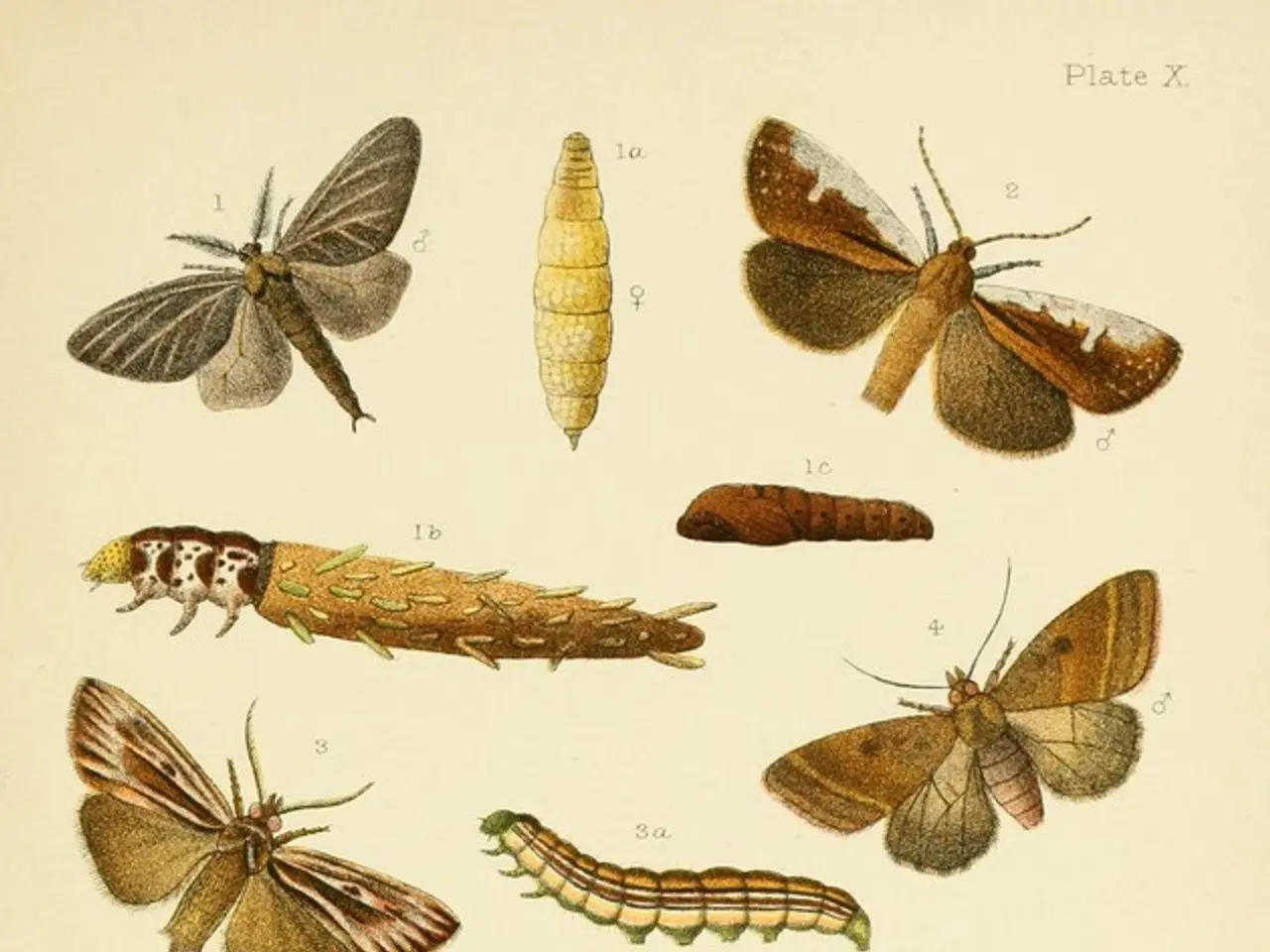University of Stuttgart's Breakthrough: CRISPRgenee Combines Gene Silencing and Cutting
Dr. Phillip Rathert's team at the University of Stuttgart has made a significant breakthrough in gene editing. They've developed CRISPRgenee, a novel method that combines gene silencing and cutting for more efficient loss-of-function (LOF) analyses.
CRISPR/Cas9, the biotechnological tool behind this innovation, was awarded the 2020 Nobel Prize in Chemistry. It enables precise and targeted gene modification, making it invaluable for studying human cell functions and maintaining health.
Rathert's team used CRISPRgenee in various biological systems, collaborating with other institutes at the University of Stuttgart. Their method allows for the analysis of two different genes in combination, providing a more precise and robust elucidation of cellular relationships. This advancement is particularly useful for investigating difficult-to-switch-off genes and complex cellular control processes.
The group uses genetic loss-of-function (LOF) analyses to understand the role of specific genes and proteins in cellular processes. Their CRISPRgenee method combines silencing and cutting a target gene simultaneously, making LOF analyses more efficient. The results of their work were recently reported in Cell Reports Methods.
The University of Stuttgart's CRISPRgenee method is a significant development in gene editing. It allows for more efficient and precise loss-of-function analyses, potentially leading to a better understanding of cellular processes and the development of new treatments for genetic diseases.
Read also:
- Abu Dhabi initiative for comprehensive genetic screening, aiming to diagnose over 800 conditions and enhance the health of future generations in the UAE.
- Elderly shingles: Recognizing symptoms, potential problems, and available treatments
- Exploring the Reasons, Purposes, and Enigmas of Hiccups: Delving into Their Origins, Roles, and Unsolved Aspects
- Various forms of cataracts include nuclear, pediatric, traumatic, and additional types







